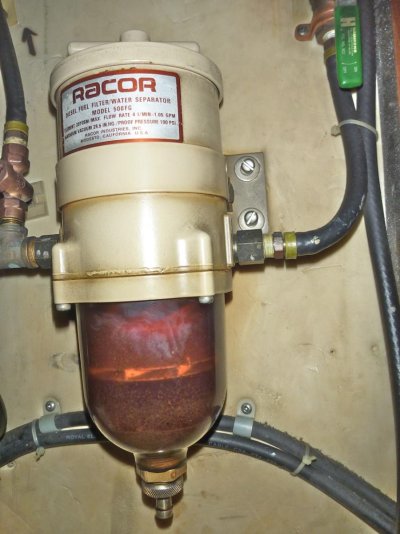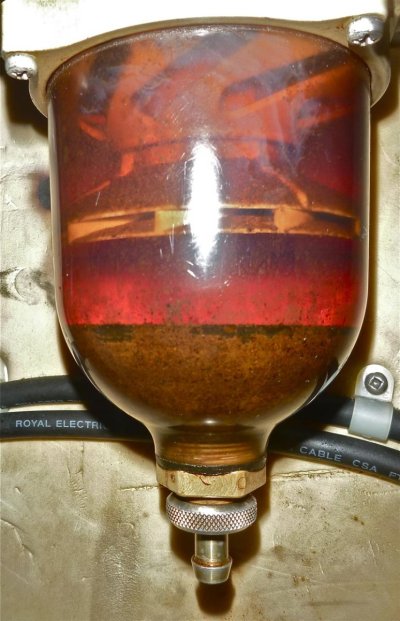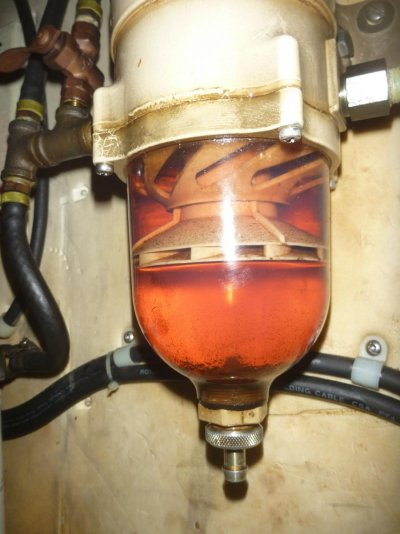Pgitug
Guru
Talked with a Cummins mechanic today. We talked about diesel fuel additives that protect the fuel in your tanks for long periods of time. He recommends stanadyneadditives.com. In his experience Stanadyne is the best product to address growing algae in the tanks, keeping the fuel healthy and keeping the fuel system on your diesel clean. He suggested staying away from any product that had "Bio" in the name.
At the time of our conversation he was trying to bring back to life a 2003 boat purchased in Florida with only 575 hours on the engines. The stuff coming out of the Racors you could have paved a road with.
Can anyone give credence to his recommendations?
At the time of our conversation he was trying to bring back to life a 2003 boat purchased in Florida with only 575 hours on the engines. The stuff coming out of the Racors you could have paved a road with.
Can anyone give credence to his recommendations?






